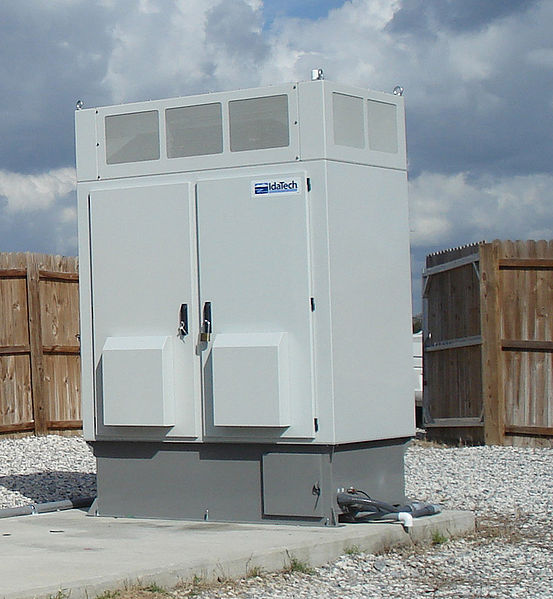Wildland fires last year proved to be disastrous for California in terms of not only the amount of acreage charred and the number of lives impacted but of the associated monetary cost as it has to do with property loss. It has been suggested that because of global warming, the state has become more susceptible to this phenomenon’s effects; impacts like sea-level rise, more rapid mountain snow melt, worsening metropolitan air quality and more intense wildland fires.
The devastating Camp Fire in and around the community of Paradise located to Sacramento’s north, resulted in 85 lives lost and damage or complete destruction to myriad buildings, commercial and residential alike. It was the deadliest wildfire in both recorded history and recent memory in California. What sparked the blaze in this case, according to reports, was a downed Pacific Gas & Electric Company-owned electrical-transmission line.
So as to try to circumvent repeat events, the utility is apparently taking steps to initiate service-area rolling blackouts or power outages when there are situations that call for such action being taken. Outages could possibly last for days in some cases. Other utilities in state may be keeping a close eye if not taking similar steps themselves.
A fear of said blackouts could be what’s behind the uptick in backup-generator (also known as “standby generator”) demand at least in one community. And due to a potential increase in said backup-generator sales and therefore, use, this action has the potential to lead to worsening air quality in places where such increased generator usage would be in effect. The presumption is that there is increased institutional backup generator use (for instance, at hospitals and the like) when power outages are in effect, all of it, potentially adding to or exacerbating pollution in the air.

That said and knowing there is the potential for dirtier air, while an outright ban on sales of backup generators is out of the question, should there be strict monitoring and/or control as it has to do with commercial and home usage of such? See related “Lathrop expects big demand for generators due to PG&E plans to cut power,” story (the second of two articles), here.
Because generators need a supply of fuel to enable them to operate, upon fuel for such being burned, pollutant emissions are created as a result with said emissions exhausted into the air. Natural gas, diesel and gasoline are types of backup-generator fuel supplies, the more common of those available commercially.
With electricity production usually taking place at main power production facility sites, generation activity connected with said generation often results in air pollution being created in the vicinity of the site itself.
During times of generating-facility shutdowns with alternative supply sources picking up the slack as in the case of home and business owners utilizing backup generators as a means to answer the call, any backup generator-derived pollution emitted as a result instead has now become much more community-centered, meaning confined or contained within the affected area – analogous, say, to scores of residents located throughout an urban or suburban area in wintertime burning wood in fireplaces and the like – thereby compounding matters.
And, it stands to reason that the more backup generators operated the greater the amount of pollution emitted into the air from them.
So, what to do?
Blackouts typically occur when demand for electricity is high. In California, this happens when the heat is on (summer) and during times of cold (winter and parts of fall and spring).
When there is high heat such is accompanied by lots of sun. This is where photovoltaic arrays could come into play, pick up the slack, take advantage (however one chooses to look at it), with said solar panel installations reducing or perhaps even eliminating a backup generator purchase and installation, one alternative, obviously.

If deciding to go the backup-generator route, another option could be choosing one that operates on natural gas, and in doing such this could make a big difference in terms of impact on air.
Natural gas being quite readily available, by moving in this direction, for many this alternative might just be the most sensible.
Meanwhile, backup power could be provided by an air-pollutant-emissions-free fuel cell, one such example shown in the photo below.

Images: Ashley Andujar (upper); Matt Mallams for Earthjustice (middle); Kathyfosberg (lower)
This post was last revised on Dec. 23, 2020 @ 6:52 p.m. Pacific Standard Time.
Published by Alan Kandel